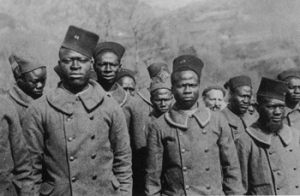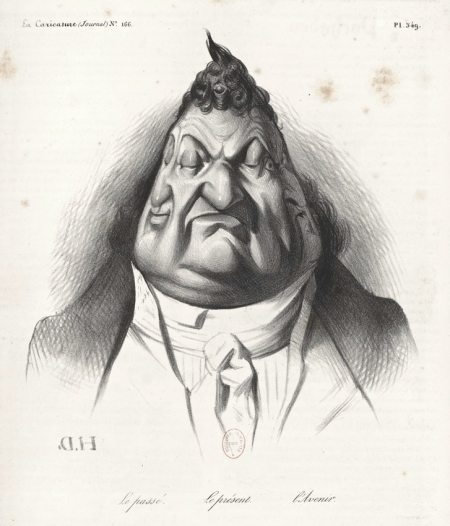On this day in 1944, the Allied forces re-captured Paris from the retreating Nazis. However, a truly despicable slice of Western history has been revealed: The Americans and Brits insisted that the troops who were to march through Paris at its liberation in 1944 should be all white, regardless of the sacrifices made by British, French and American black soldiers.
 The issue arose, according to this BBC report, because General De Gaulle insisted that French troops lead the march. However, most French units were a mix of white and black troops and that just wouldn’t do for the Allies.
The issue arose, according to this BBC report, because General De Gaulle insisted that French troops lead the march. However, most French units were a mix of white and black troops and that just wouldn’t do for the Allies.
In January 1944 Eisenhower’s Chief of Staff, Major General Walter Bedell Smith, was to write in a memo stamped, “confidential”: “It is more desirable that the division mentioned above consist of white personnel. “This would indicate the Second Armoured Division, which with only one fourth native personnel, is the only French division operationally available that could be made one hundred percent white” …
A document written by the British General, Frederick Morgan, to Allied Supreme Command stated: “It is unfortunate that the only French formation that is 100% white is an armoured division in Morocco. “Every other French division is only about 40% white. I have told Colonel de Chevene that his chances of getting what he wants will be vastly improved if he can produce a white infantry division.”
A suitable French unit could not be found without removing all the black troops and replacing them with soldiers from other units, many of them not even French.
In the end, nearly everyone was happy. De Gaulle got his wish to have a French division lead the liberation of Paris, even though the shortage of white troops meant that many of his men were actually Spanish. The British and Americans got their “Whites Only” Liberation even though many of the troops involved were North African or Syrian.
We were lucky enough to have large numbers of Africans, Indians, black and Native Americans and others fight and die on our side in that war, but we were too sick in the head to recognize them as heroes when the time came. What a miserable load of hypocrites we were.



 Posted by jakking
Posted by jakking 




 The issue arose,
The issue arose, 






